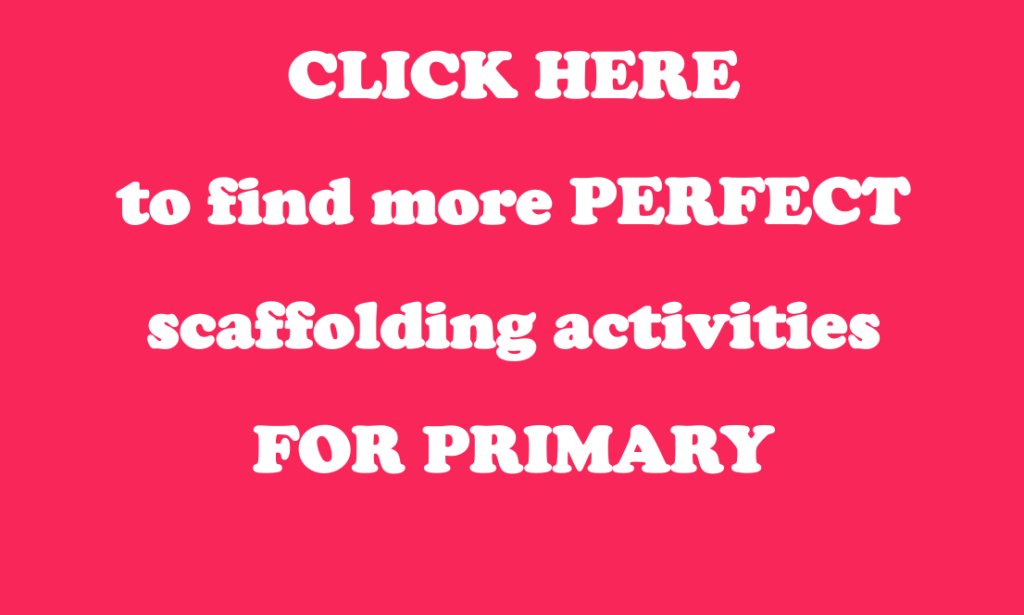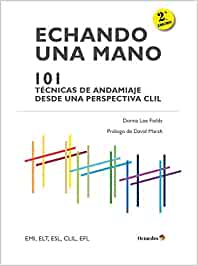You caught a beauty!!!
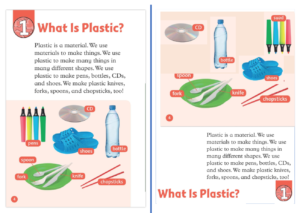
Download PDF of scaffold here.
theory behind scaffold…
Studies show that while memorising academic language is effective in the short term – to pass exams, for instance, in the long-term it is an ineffective way of learning terms that students can use in context*. Without having analysed, compared, categorised, and defended their own ideas through the use of these terms, most students will forget their meanings as quickly as they learned them.
What can we do? The solution is easy. We create opportunities for our students to analyse, compare, categorise, and defend their own ideas through the use of these terms.
And let’s add one more element: writing. According to experts, ……………………………using their cognitive skills to generate and organise their thoughts, but also in transferring their ideas into comprehensible prose – all this, and in the classroom language as well!
The meta-skills involved in writing are highly complex. When language learners compose their thoughts to put into writing, not only do they have to……………………………………….f even proficiency in their home language is weak.**
This scaffold combines the development of visual, verbal and writing skills to raise the assimilation of academic language, so that students’ linguistic development is supported on three rising levels. We suggest the added inclusion of translanguaging (judiciously using translations of s………………………………. making the successful assimilation of difficult terms more likely – in the classroom and homelanguage.
At its base, this scaffold makes the learning points visible to students, …………………………………..more enthusiastically in their own learning. ***
* Zwiers, Jeff (2011), Academic Conversations Stenhouse Publishers
** Richards, Jack C. and Renandya, Willy A. (2002). Methodology in Language Teaching, New York, Cambridge University Press.
*** Hattie, John Visible Learning
NOTE: The concept of this scaffold is to ………………………………………..nd write the differences between the two images.
There are two ways to create this scaffold: 1) ………………………… main image, and 2) using …………………………………… You’ll see examples of different ways to create this scaffold below.
Step by Step:
- Choose a page with an image from a lesson, unit or project you are about to begin.
- Enlarge the image and ………………………………
- On one of the copies you’ve made, ……………………………………………second page. (See example below.)

- Prepare and give your students a list of prepositions of location, and cardinal numbers.
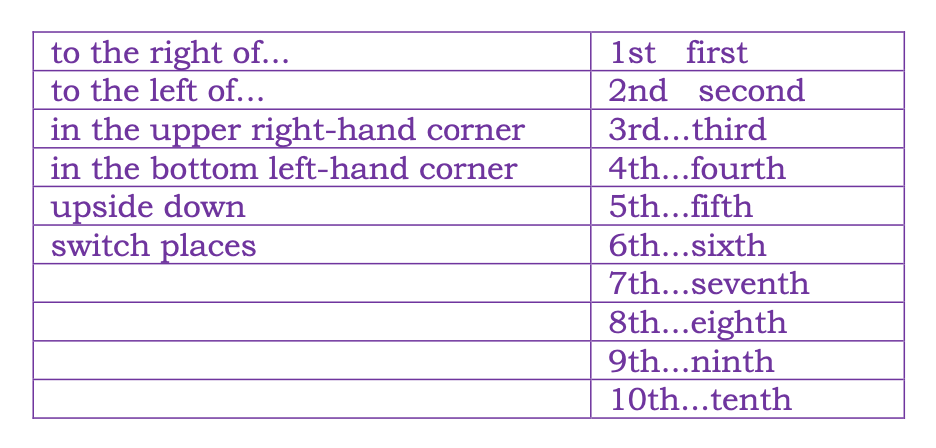
- Explain that they will work together in pairs to ……………………………………academic language and prepositions of location.)
Example…

(Remember – we need to maintain high expectations. These sentences are not extremely complicated, they are simply putting together all the information that the students have in front of them. If we model doing this, they will be able to – maybe not the first or second time, but by the third time, you’ll see how proud your students are of their ability to form these extended sentences.)
video explanation of scaffold…
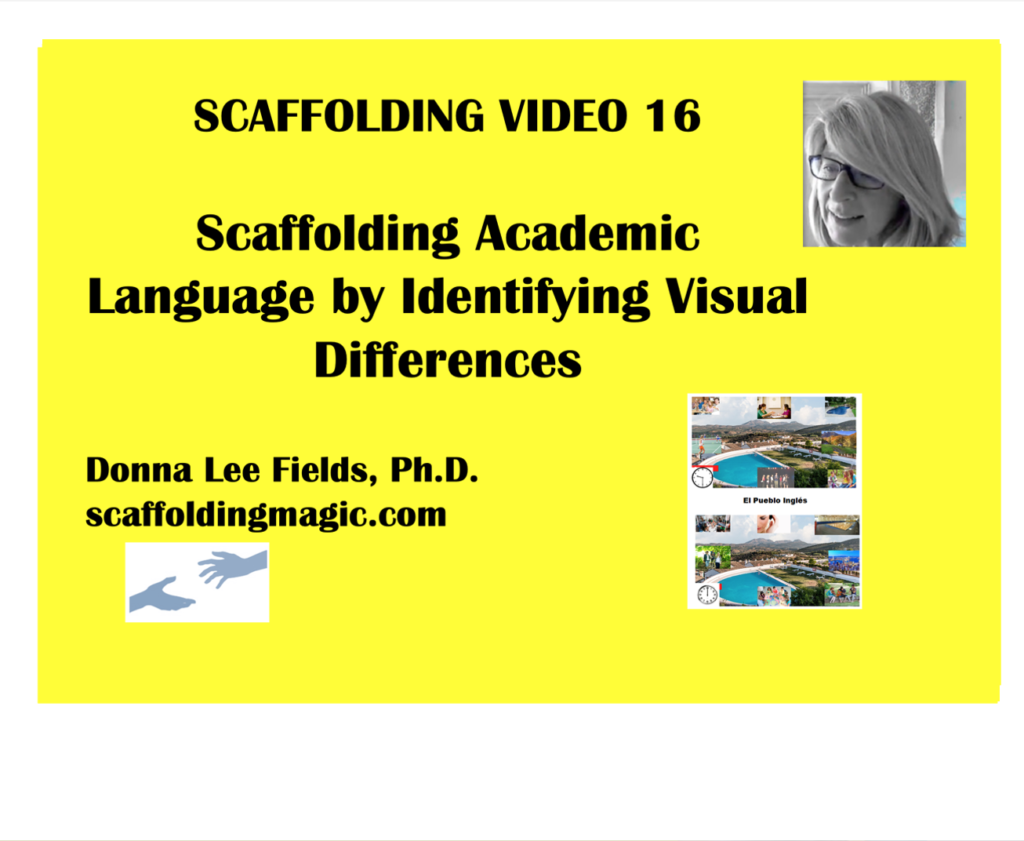
Reflection: Students answer the following questions from the Question Continuum. (Remember, some questions reflect content and others reflect methodology thus augmenting even further self-efficacy.)

- Do you recycle?
- Which objects do you toss in the rubbish that could be recycled?
- Who do you know who doesn’t ………………………?
- When did r…………………………….. begin?
- Where do you go to ……………………………?
- What is the difference between …………………………………..?
- How are …………………………………….?
- Why do we ………………………………….?
- What if you were asked to …………………………………. in your town? …………………………. would you focus on?
find more scaffolds here…


Scaffoldingmagic.com is your entryway into DYNAMIC bilingual learning methodologies, such as Phenomenon-Based Learning, CLIL, EMI, and ESL. You’ll find ways to implement critical thinking tools (DOK) to promote higher level thinking, the growth mindset, instill an ethic of excellence, deep reflection on learning, and all through multi-cultural, interdisciplinary activities. We have the keys to turning competences into action and to creating collective efficacy in your school so you move ahead as a unified, enthusiastic team.


